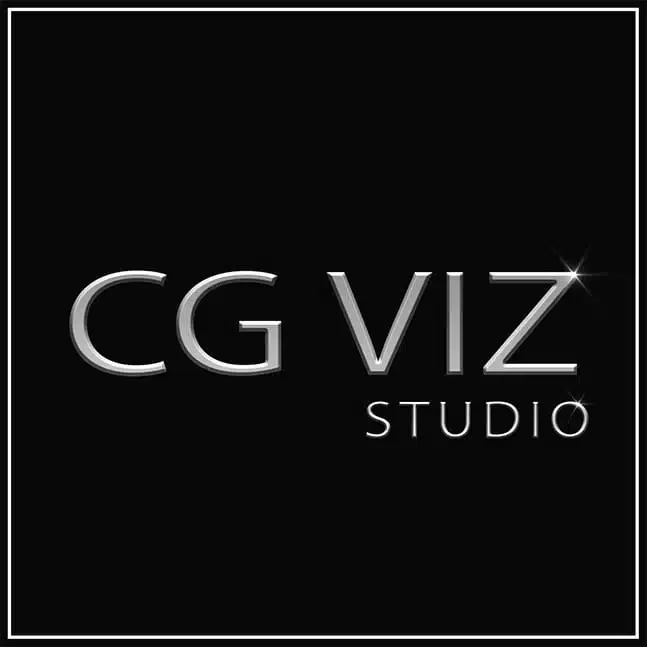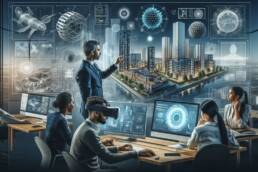The majority of sectors now employ alternative marketing strategies rather than photography to promote their 3D products. The breakthrough technology of 3D graphics has changed how the real estate sector markets houses and properties. The development of marketing strategies brought with its a new language, which might be perplexing. Although 3D rendering and 3D visualization may sound identical, they both offer unique capabilities that are worth knowing about.
Modern corporate development requires 3D rendering and 3D visualization, which also serve as market representatives of cutting-edge technologies. They are essential for constructing volumetric 3D animations, 3D product prototypes, and product packaging.
There is little confusion between terms like 3D visualization and 3D rendering. Are they different things? Have any relations between them and 3D Graphics? During this article, we are going to ask the above questions through the article.
Related Post: What are 3D Rendering Methods?
3D Rendering vs. 3D Visualization
Since we have known that these terms may differ in their features and cannot be used interchangeably, that’s why it is necessary to learn their differences in specific aspects.
Both services enhance and draw attention to the natural light characteristics, shadows, colors, and textures. Potential clients and customers can observe a product or structure from as many different angles as they’d like by creating a range of various viewpoints. Both procedures are laborious and call for extremely cutting-edge hardware and software to render every image and pixel as precisely as possible. Both services require several different components to be completed. Modern 3D products and 3D architectural design have been made possible by 3D visualization and 3D rendering advances.
Any type of 3D visualization or 3D rendering, such as a product shadow with color, texture, etc., can reproduce the effect of the original light. The tools allow customers to view a product from many different perspectives. E-commerce websites are getting better at explaining products in detail, which can help potential buyers feel more confident about making purchases.
As you may have guessed, 3D visualization contains a lot more information than 3D rendering. A single 3D model, for instance, has a wide range of unique requirements that must be considered, including volume, material, size, part shape, and more. The computer software used to create the model usually determines the file format. In addition to the mainstream ones like STL, 3DS, DWG, IGES, OBJ, and so forth, they are only permitted to function in their native program since they are proprietary.
Related Post: The “3D Visualization” Process
More significantly, 3D-rendered images or films are typically saved in widely used formats to make them easy to use and distribute, which increases productivity when clients examine designs using regular viewers rather than CAD software. The most common image and video formats for 3D rendering are JPG and PNG for photos, and MPEG and MP4 for videos.
As was already said, 3D modeling is the foundation for the 3D rendering process. After 3D visualization, it is usually possible to portray the thing realistically. However, there is no scenery around it when it is shown digitally at the bottom. 3D rendering is effective if the scenery needs to produce photorealistic photos. Making a 3D image aligns with the concept of using sophisticated computer software to simulate the environment in which things reside.
“Regardless of whether you need a 3D visualization, 3D model, or a rendering service – please contact us. We will be happy to answer all your questions and propose the best 3D graphics solutions for you.”



